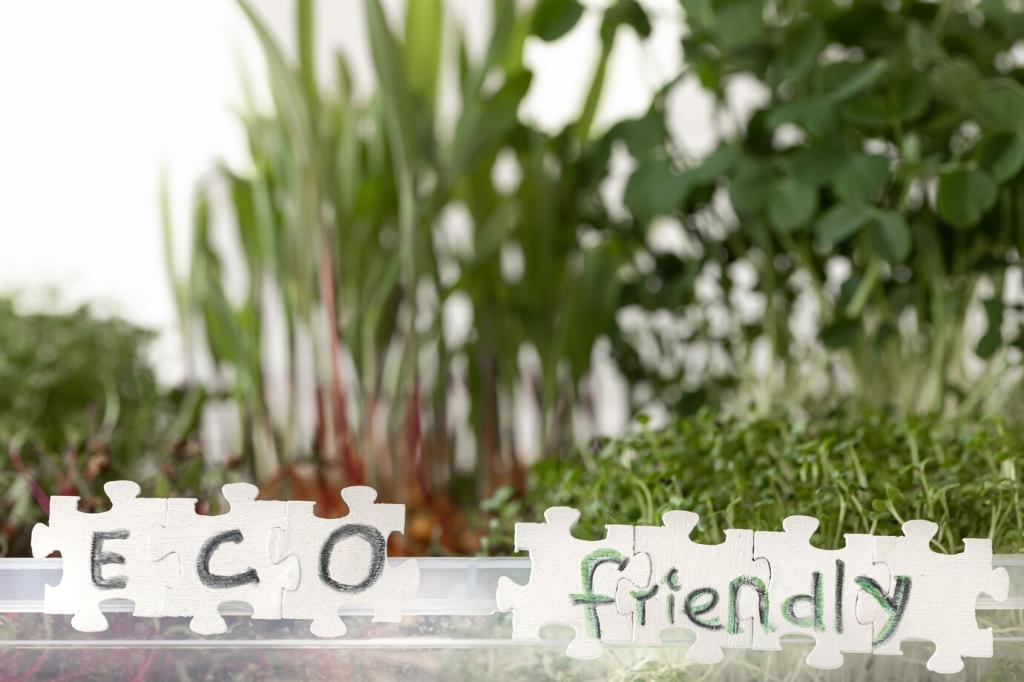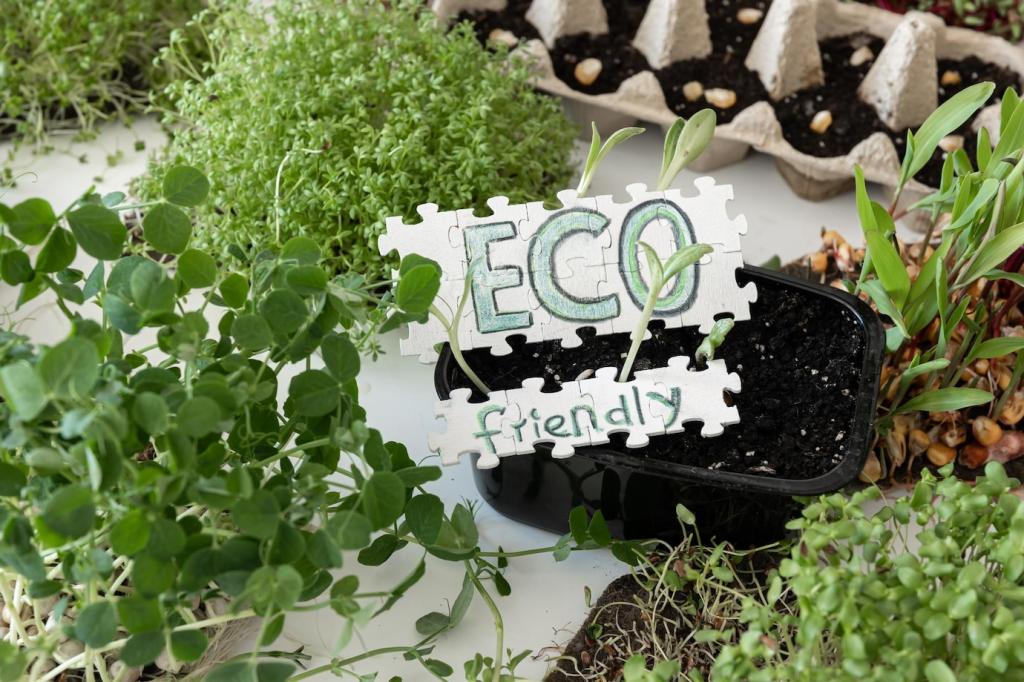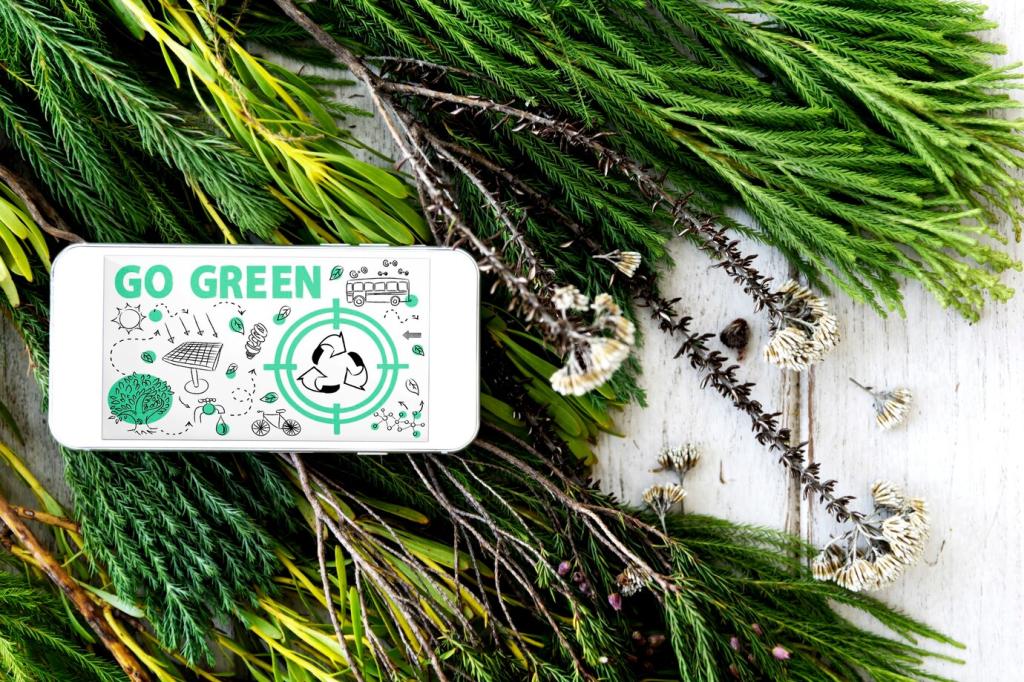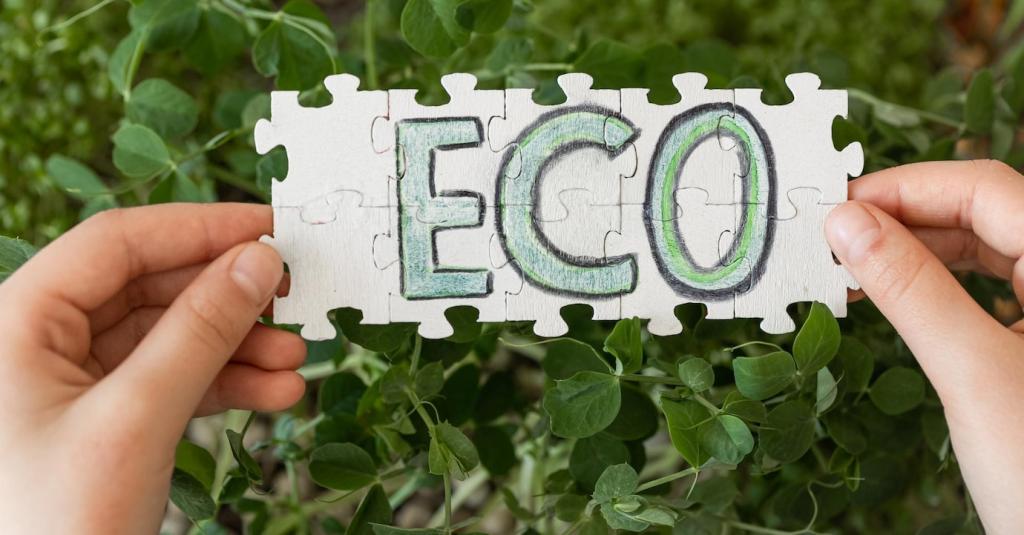High-Converting, Ethical CTAs
Lead with the felt benefit: “Cut plastic waste in half this month” or “Breathe easier with toxin-free cleaning.” Follow with a simple CTA like “Start your refill plan.” Invite readers to share their most effective benefit-led headline.
High-Converting, Ethical CTAs
Reduce fields, explain why data helps sustainability, and preview what subscribers receive. A fair-trade coffee brand increased sign-ups by clarifying email frequency and adding a checkbox: “Send farm impact updates only.” Respect saves unsubscribes.
High-Converting, Ethical CTAs
Use plain language around cookies, SMS, and email. Offer choices, not traps. “Yes, send monthly tips” feels better than “By proceeding you agree to everything.” Ask readers how transparent microcopy affected their trust and willingness to opt in.
High-Converting, Ethical CTAs
Lorem ipsum dolor sit amet, consectetur adipiscing elit. Ut elit tellus, luctus nec ullamcorper mattis, pulvinar dapibus leo.






